During the summer I decided to work with plant dyeing and printing using only what I just found in my new garden: flowers, berries, weeds and rust became pigments in the plant and rust heaven.
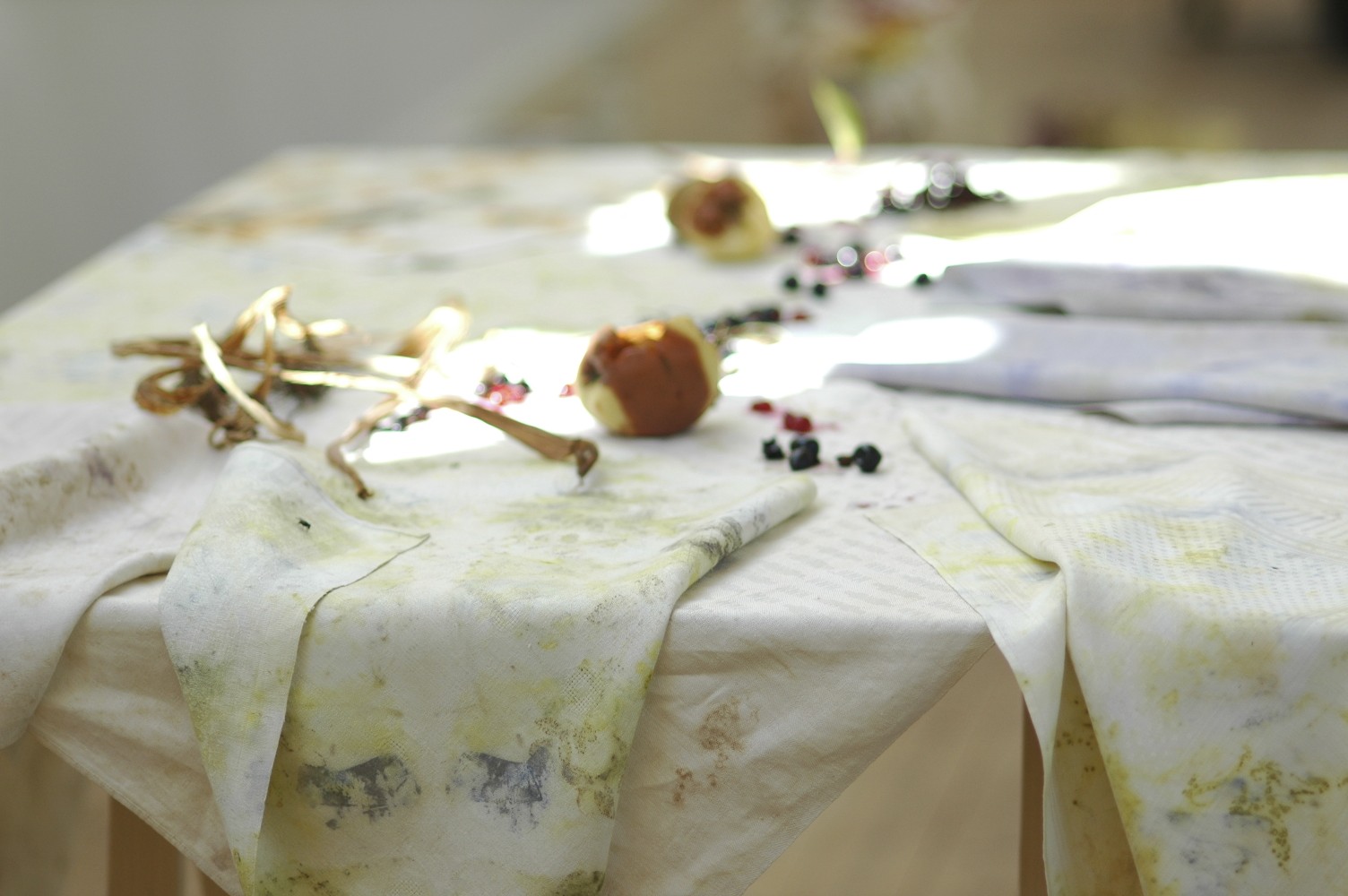
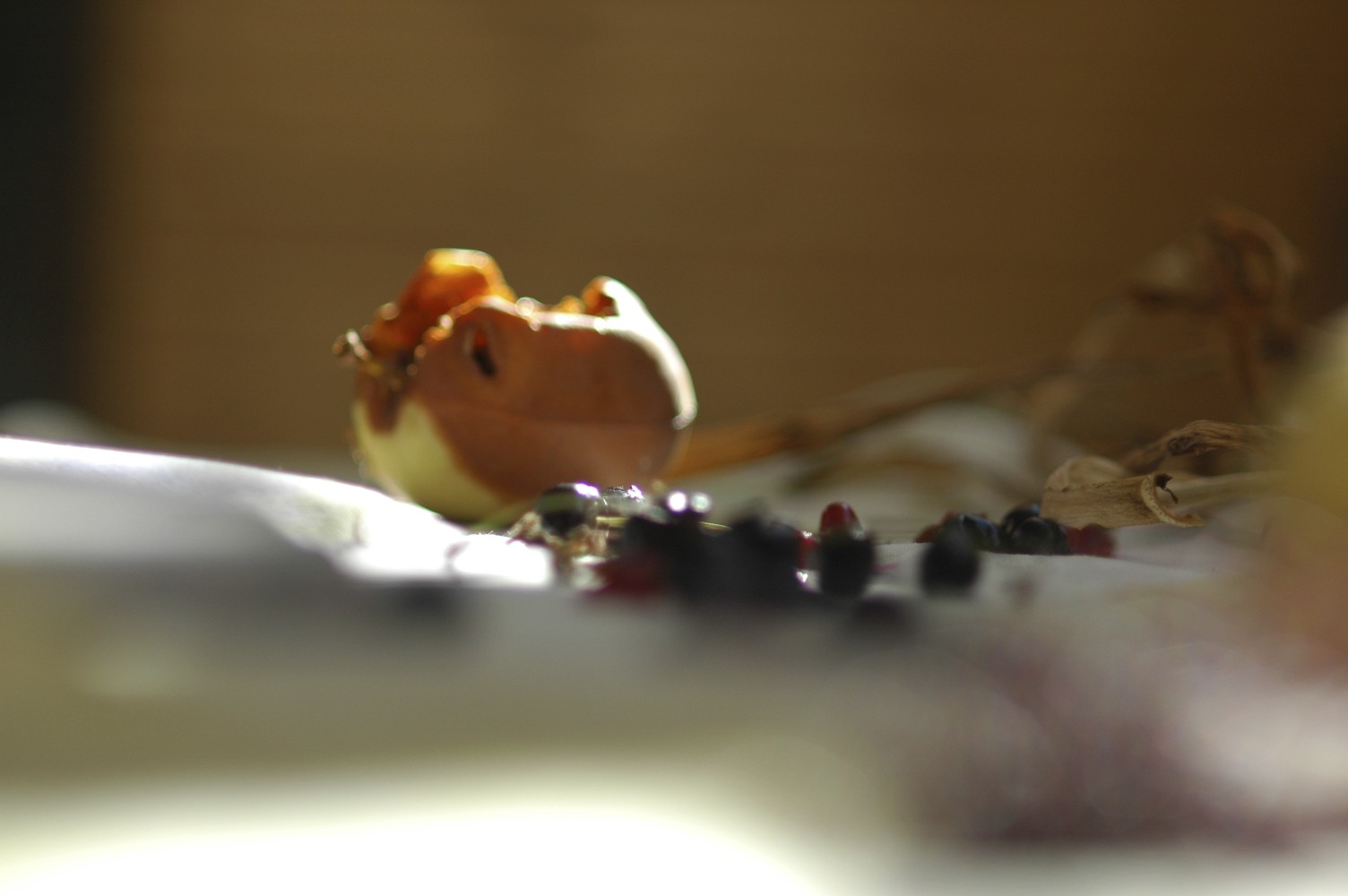
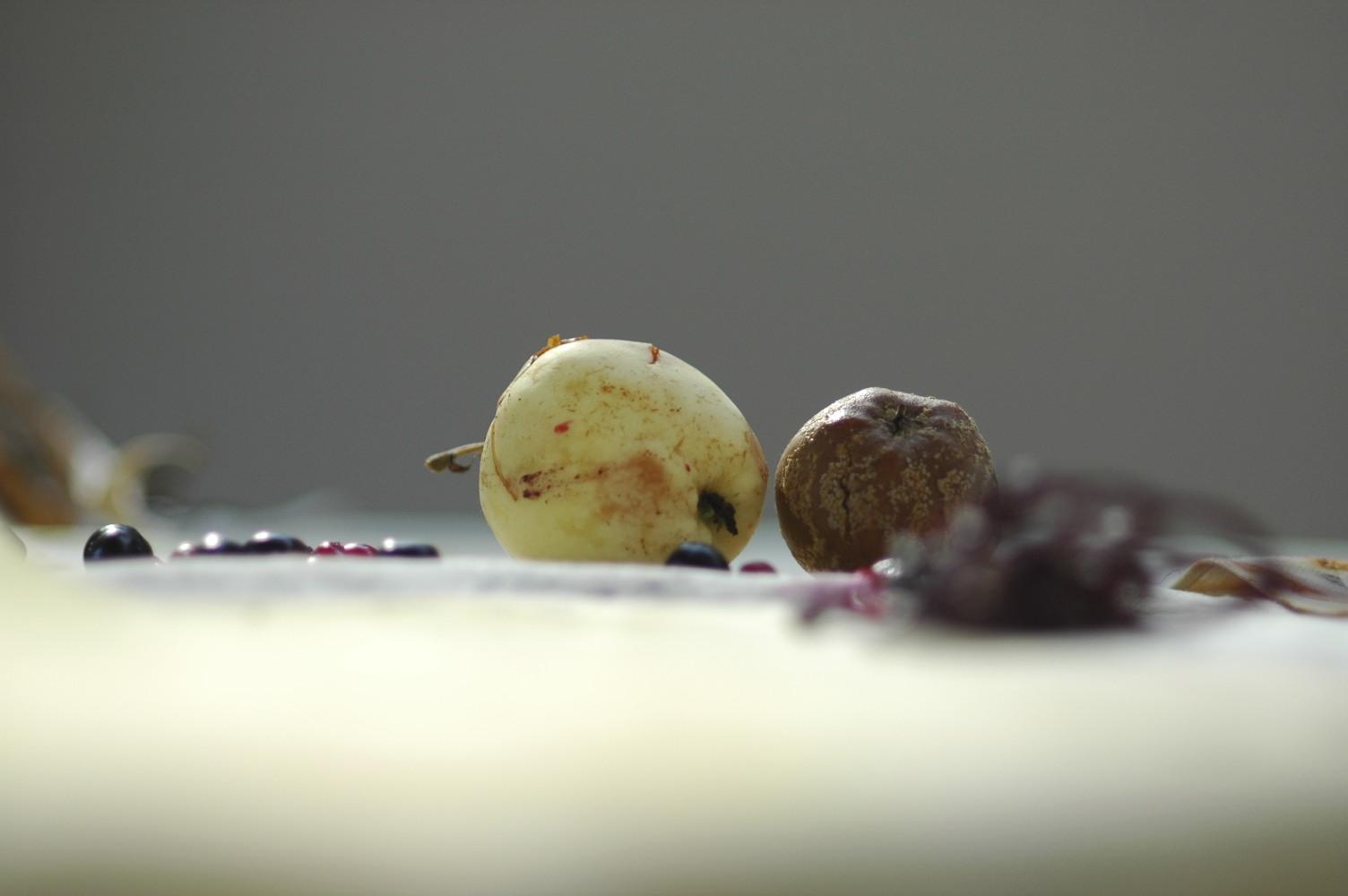
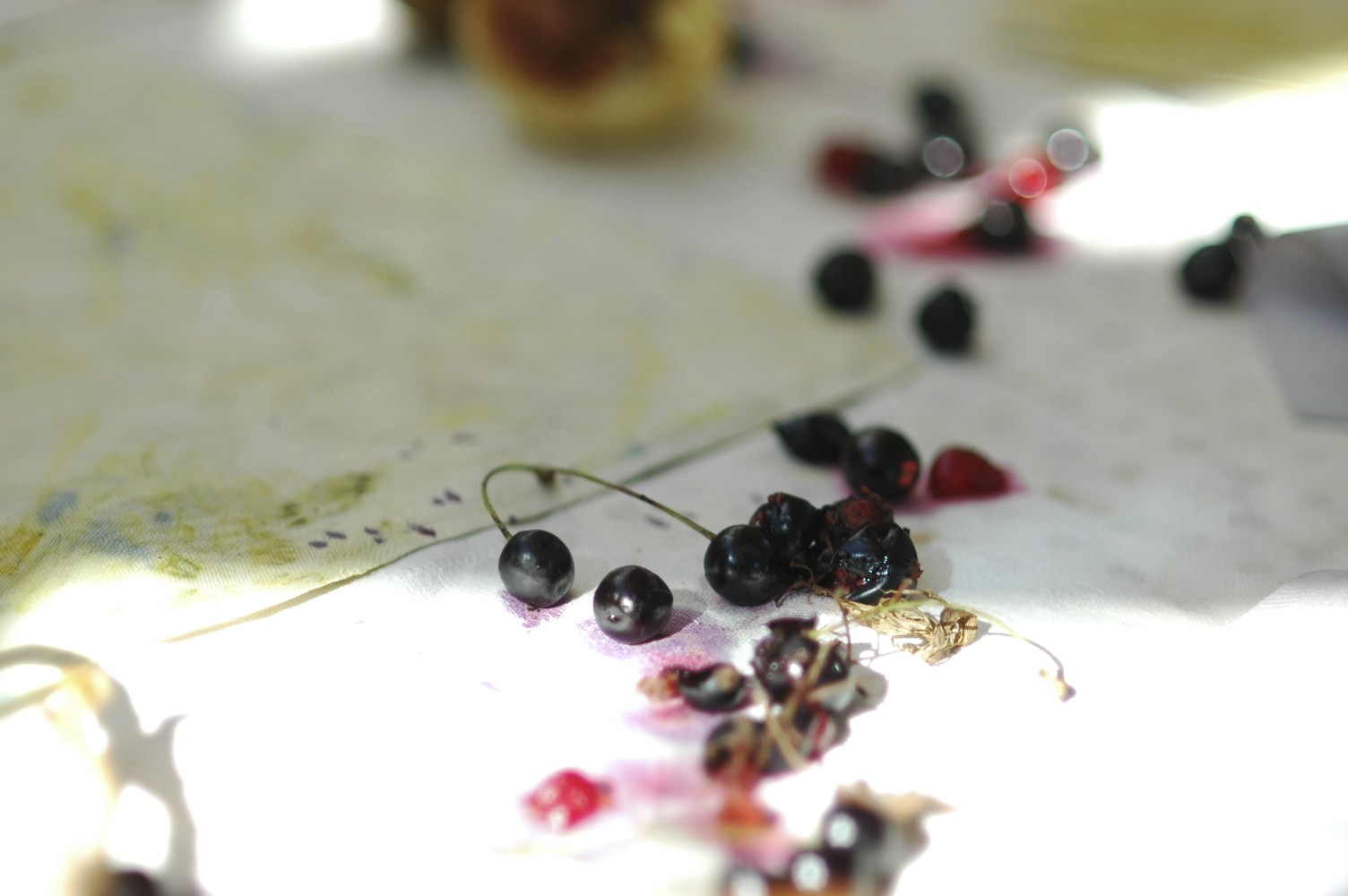

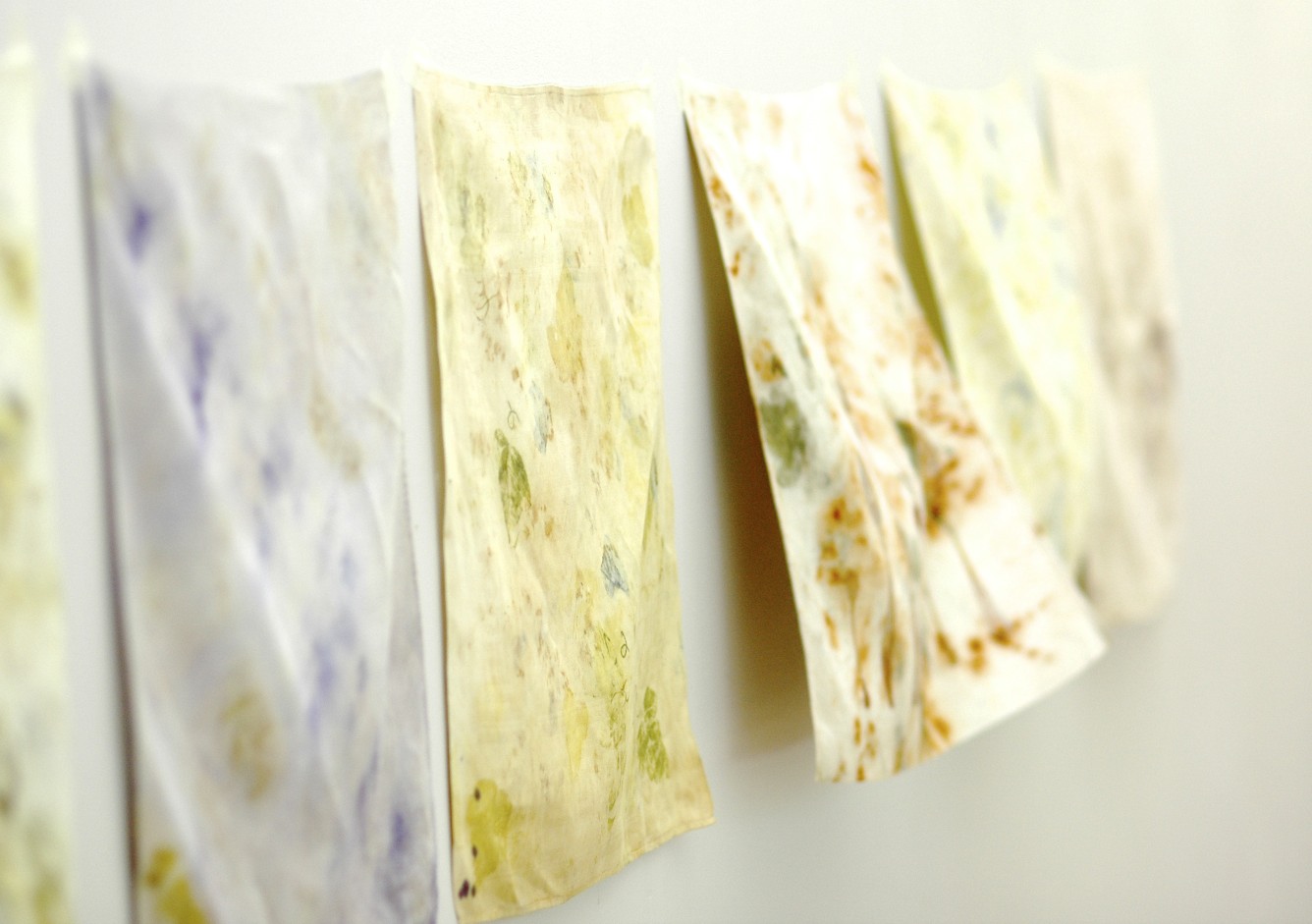
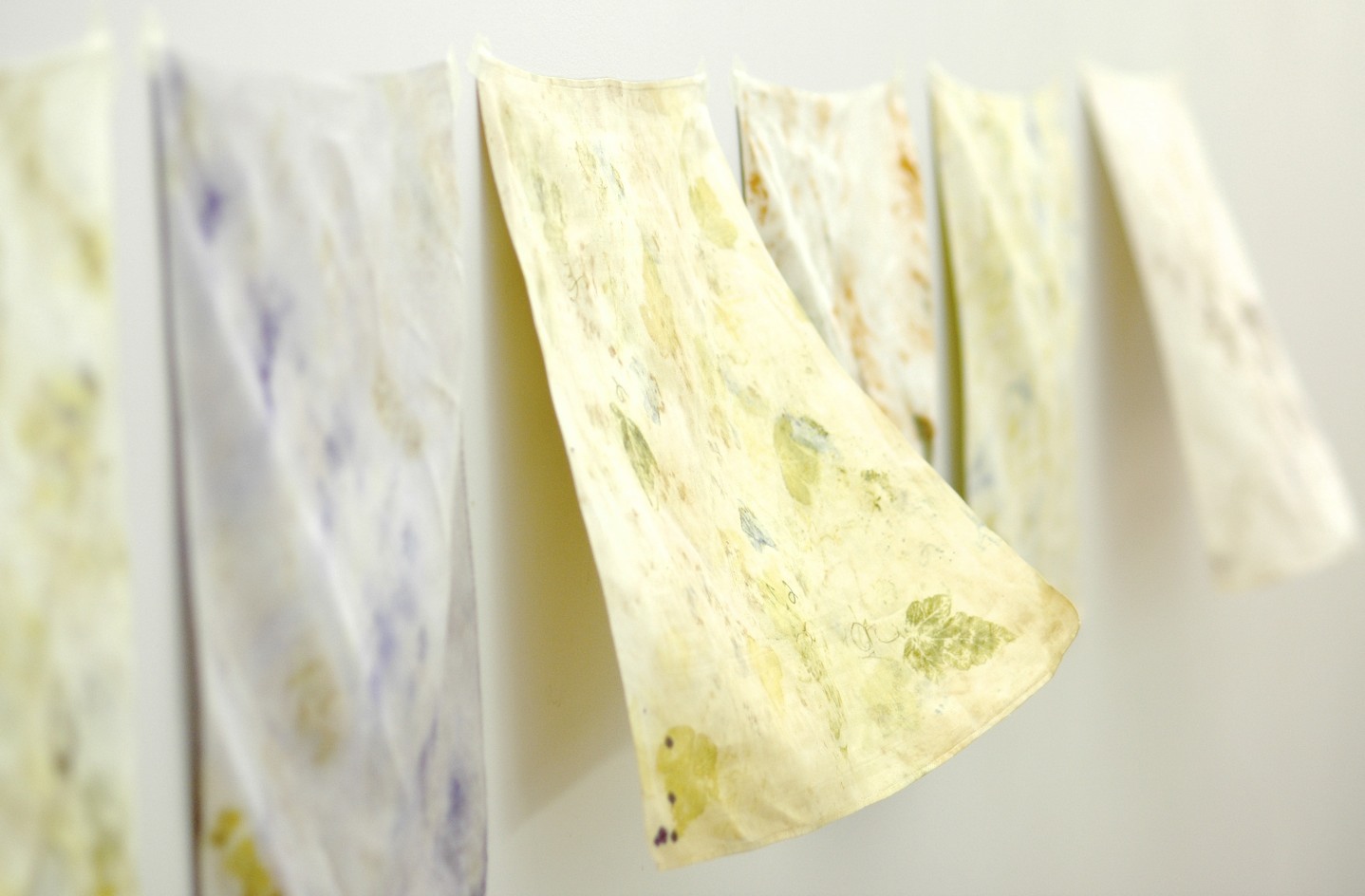
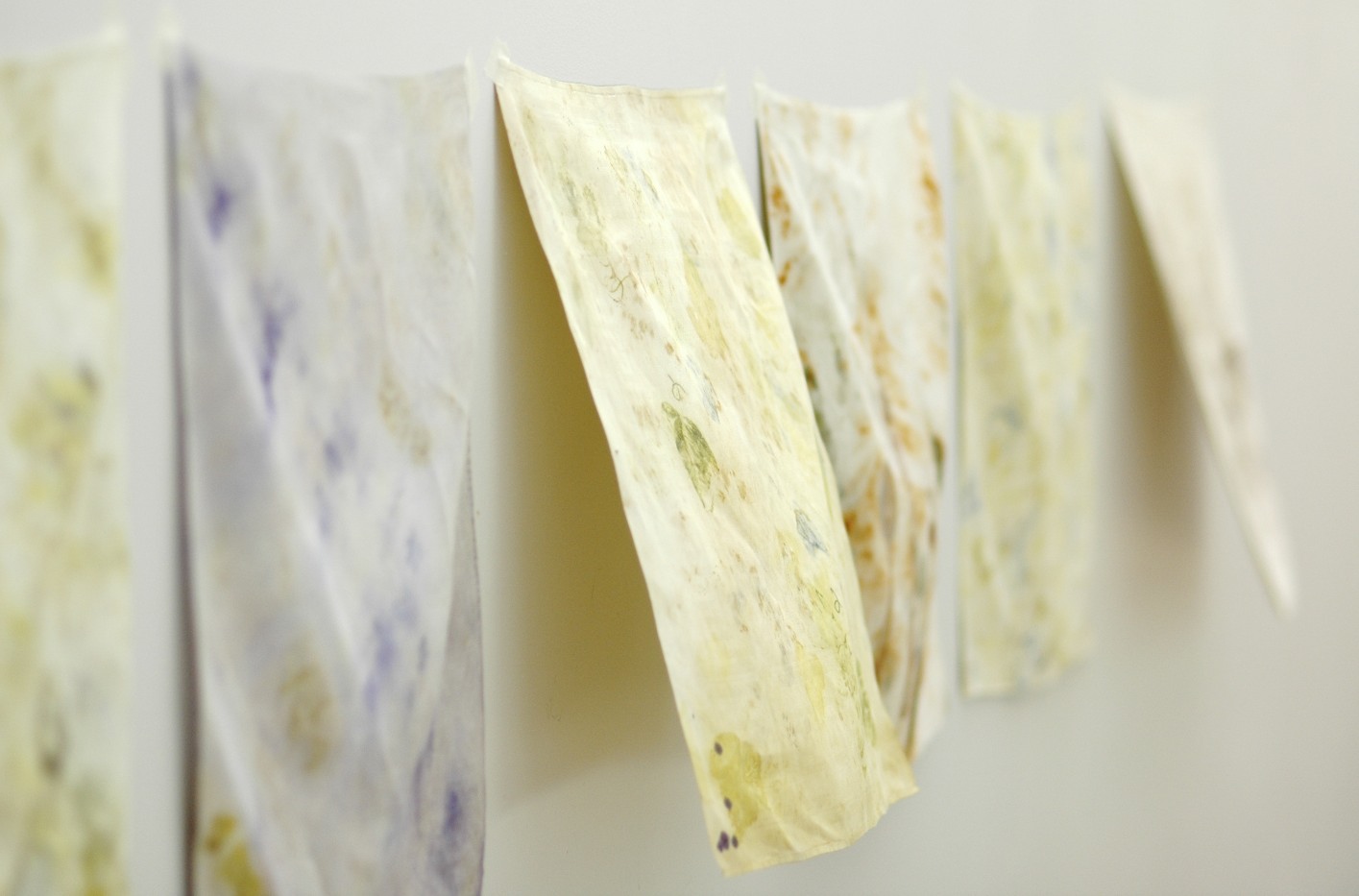
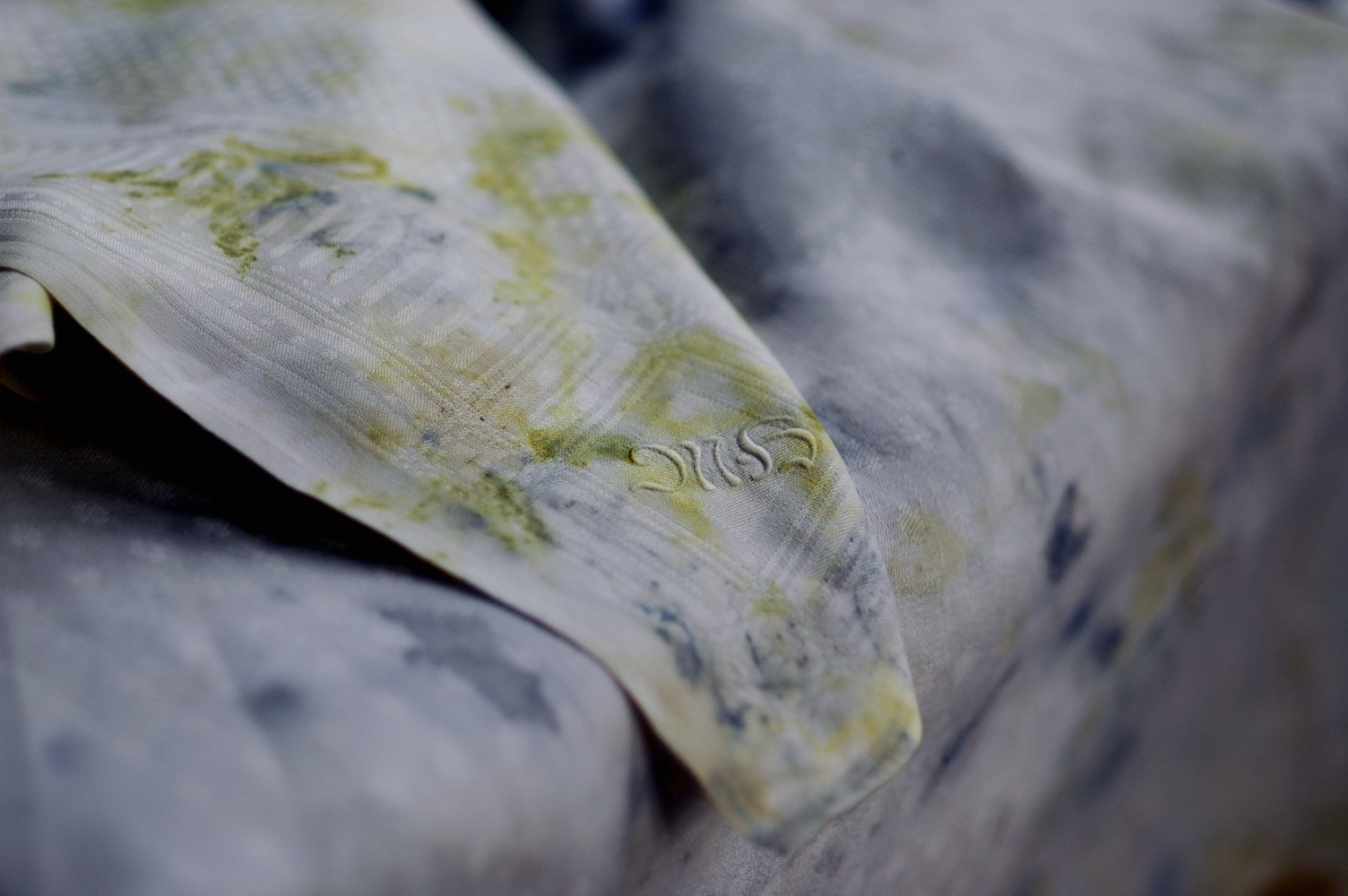
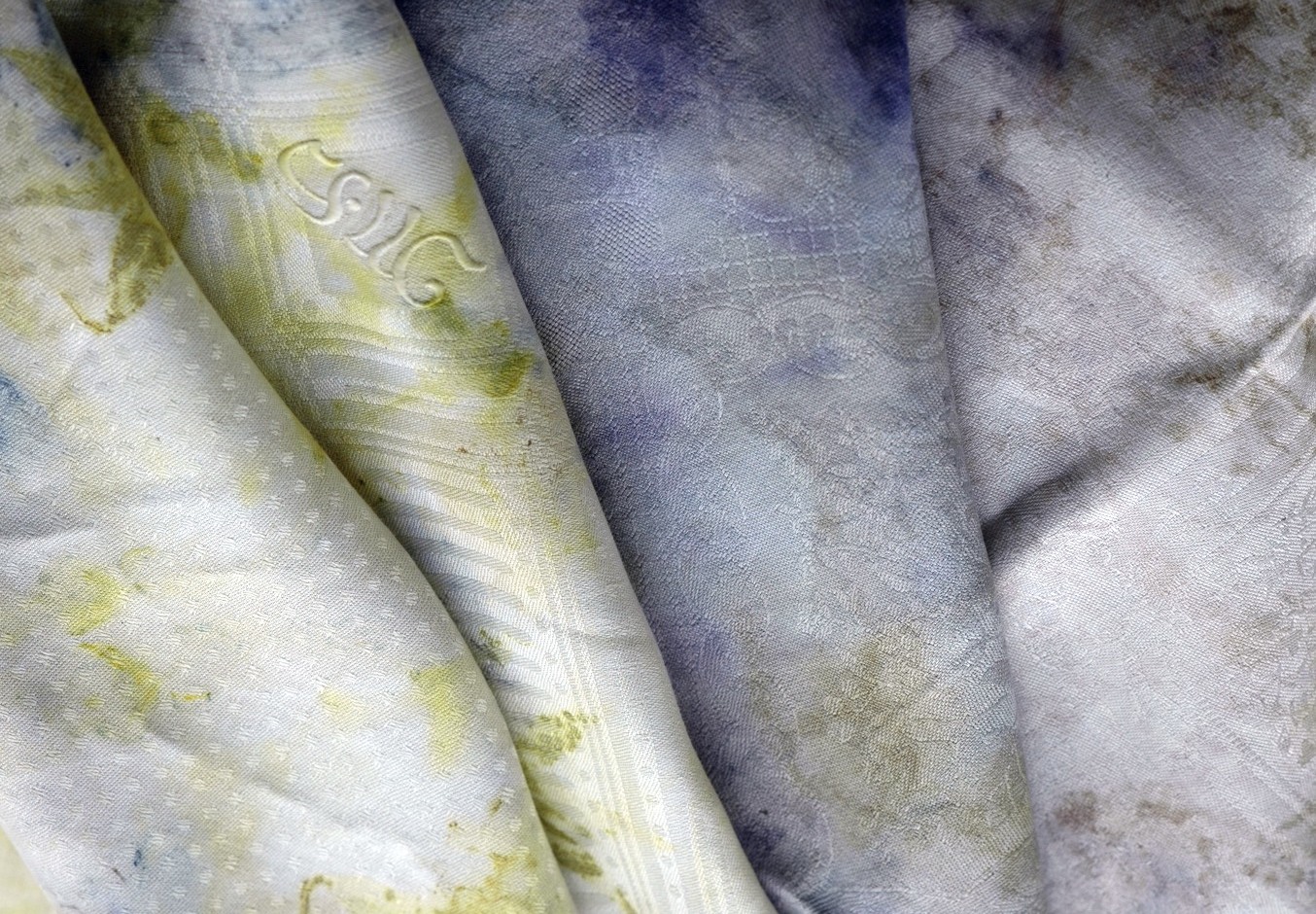

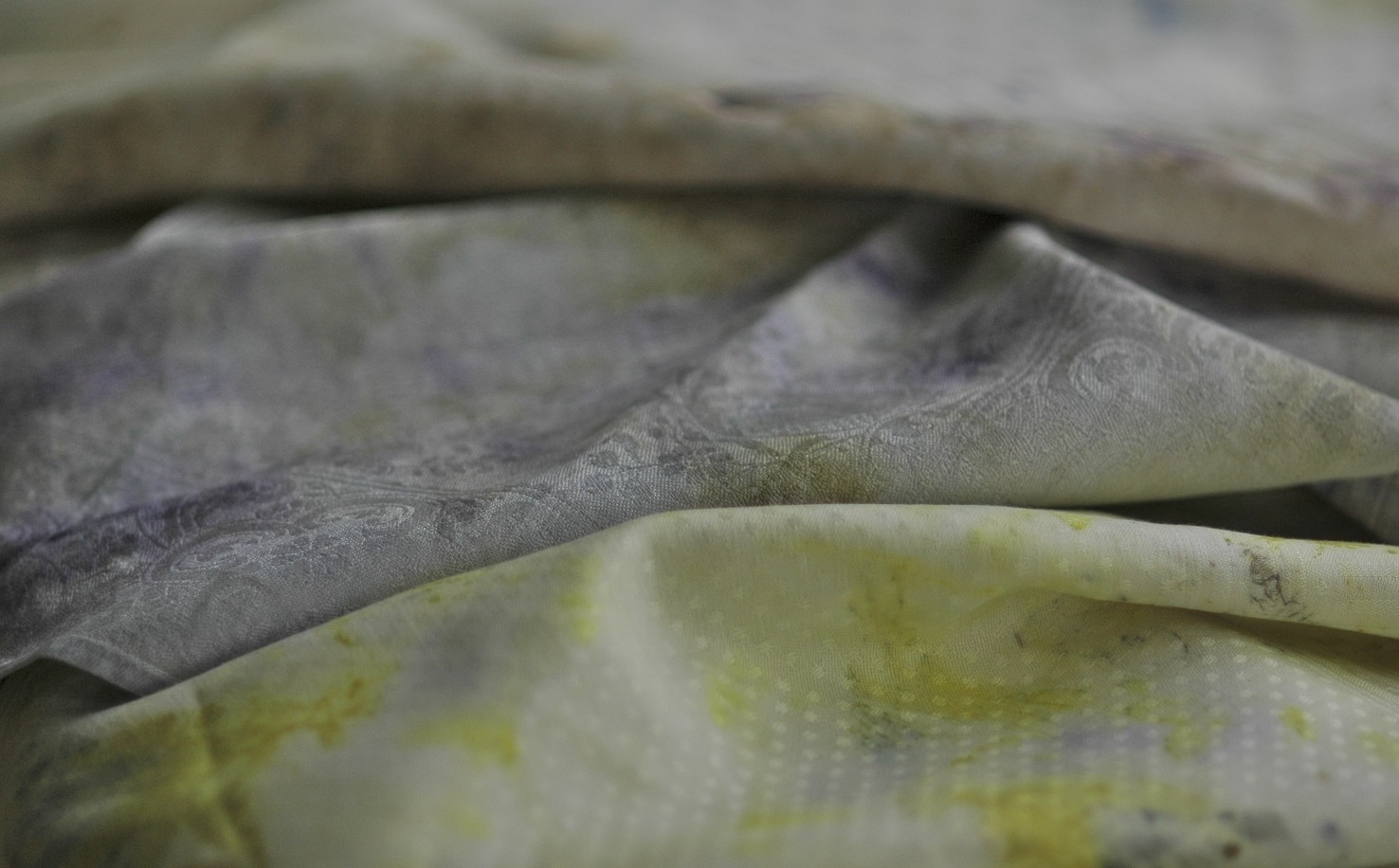
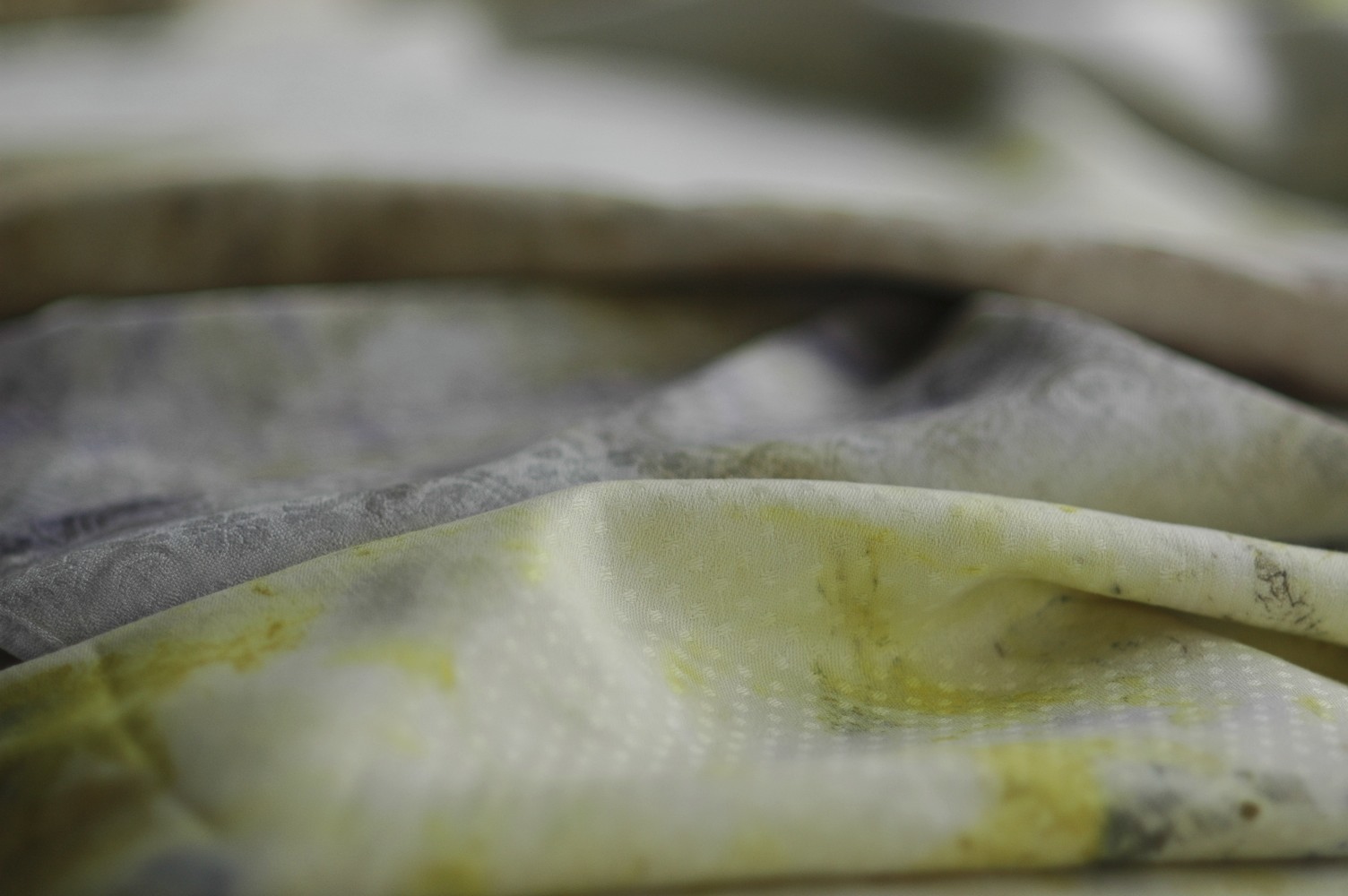
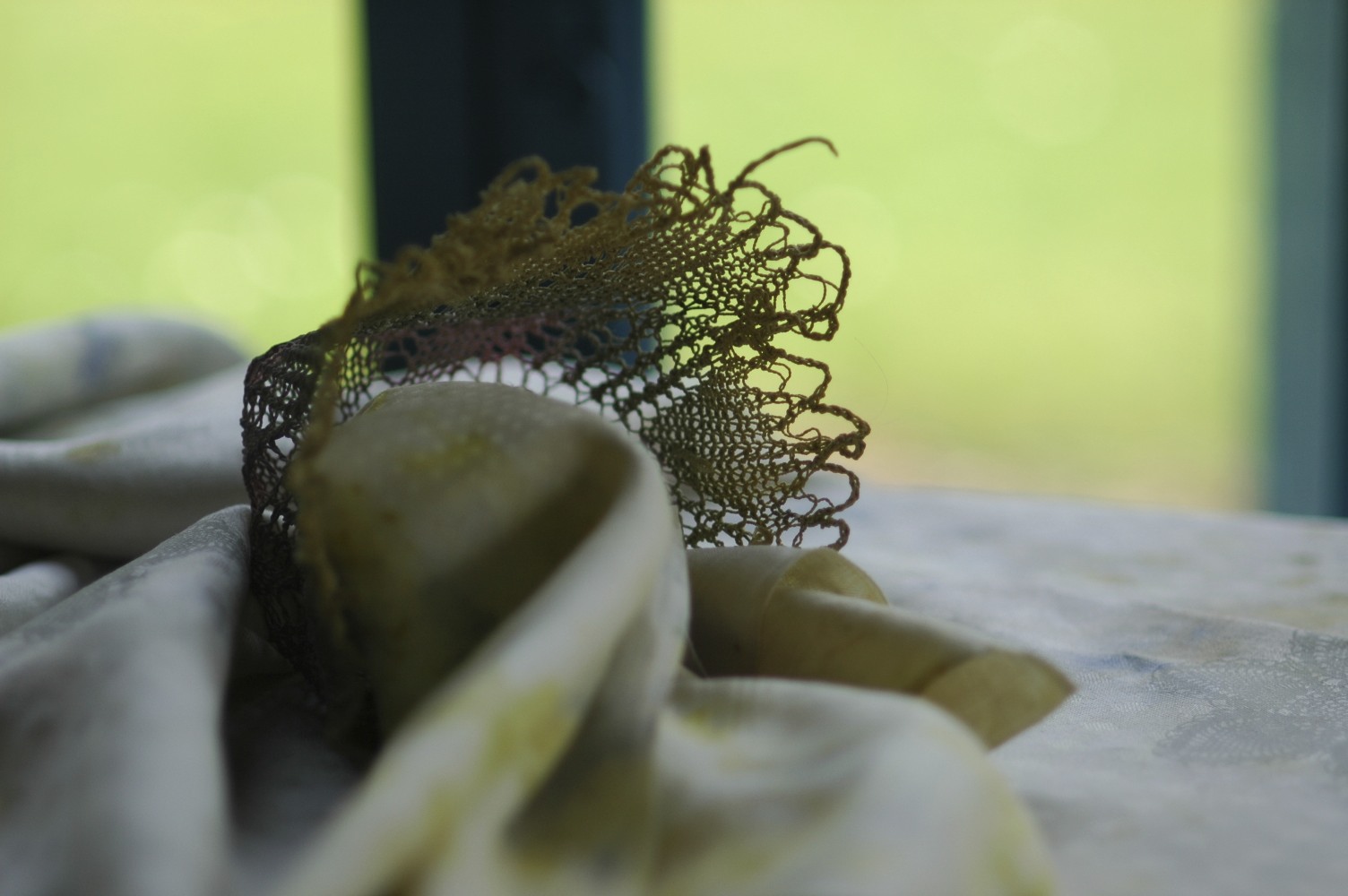
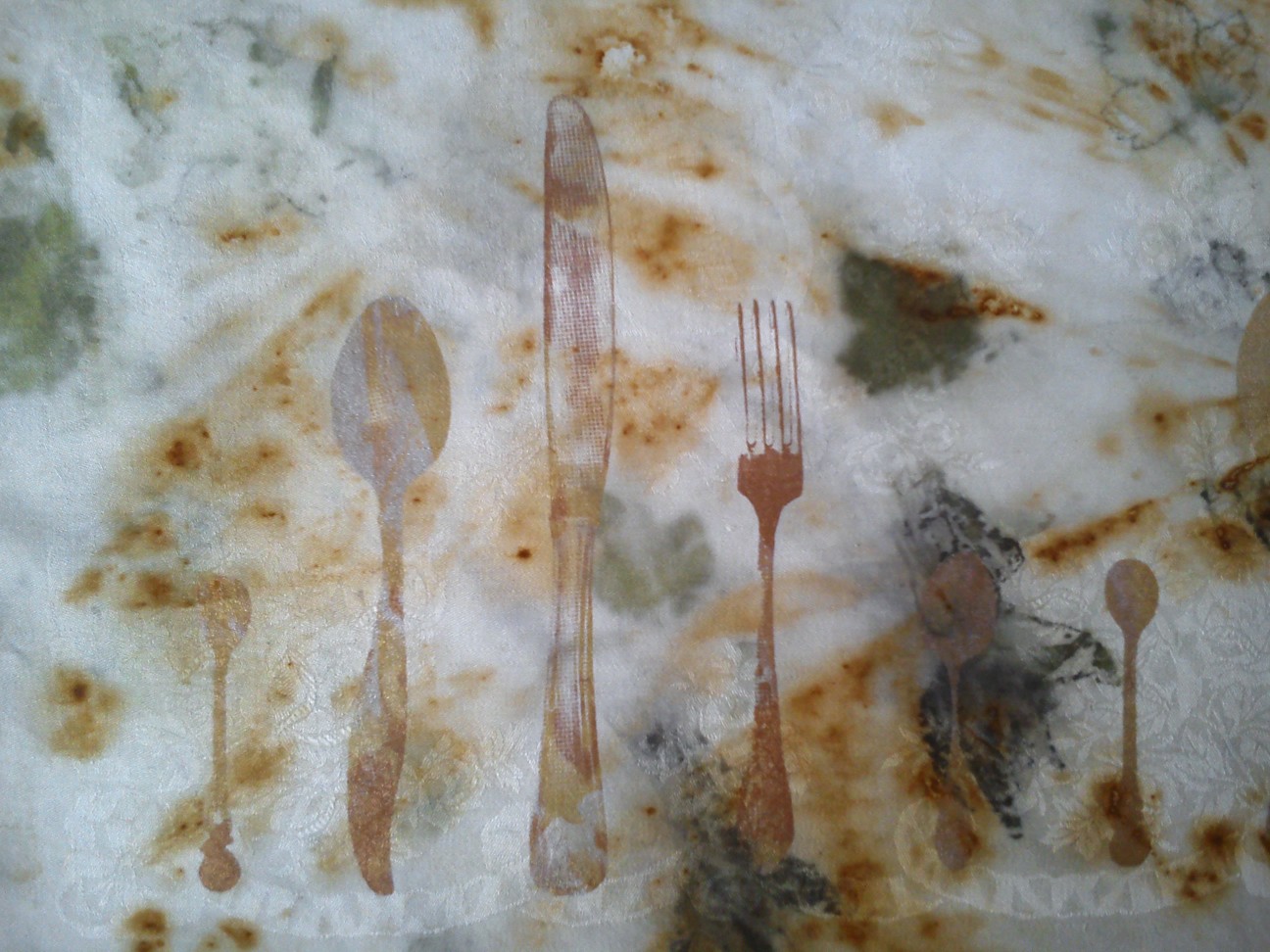
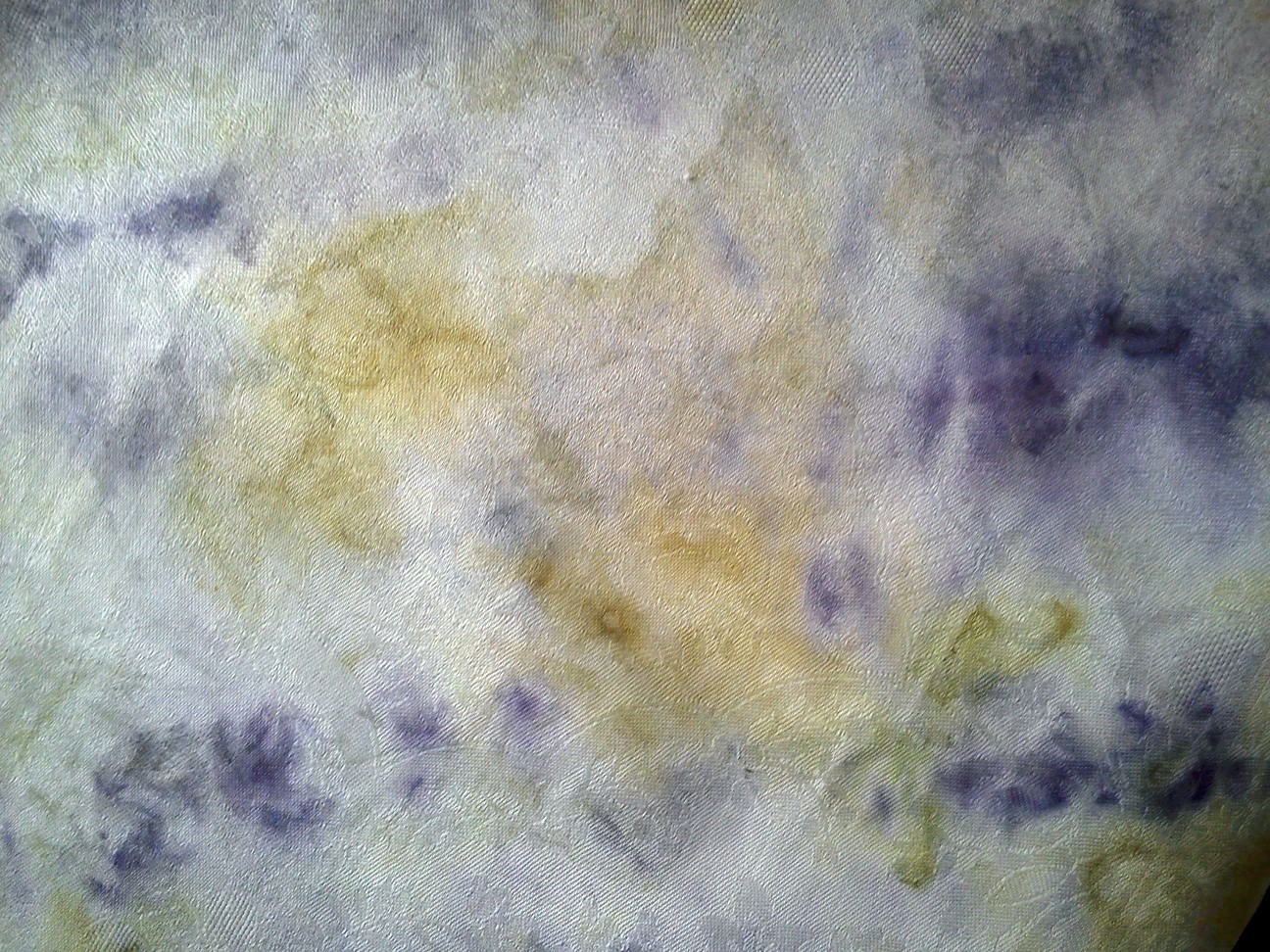
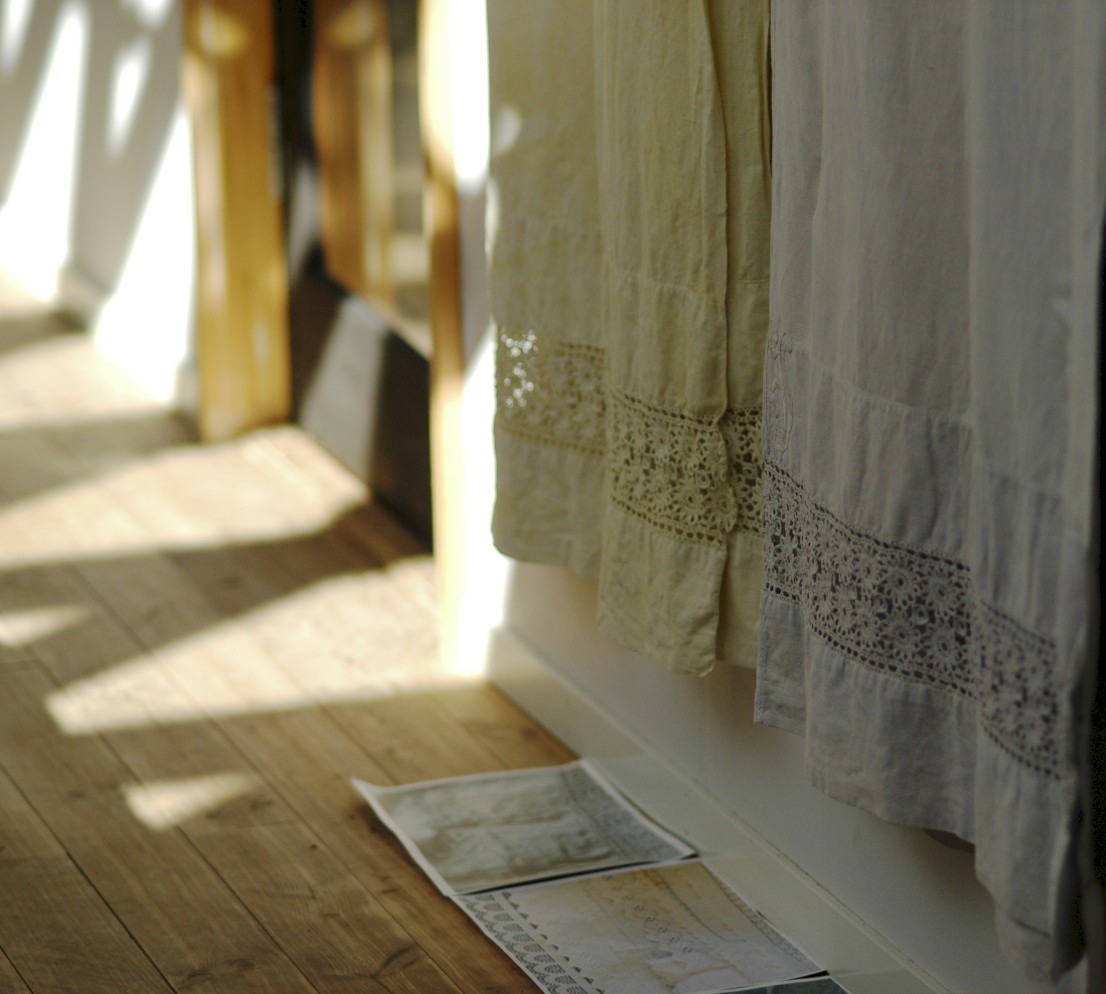
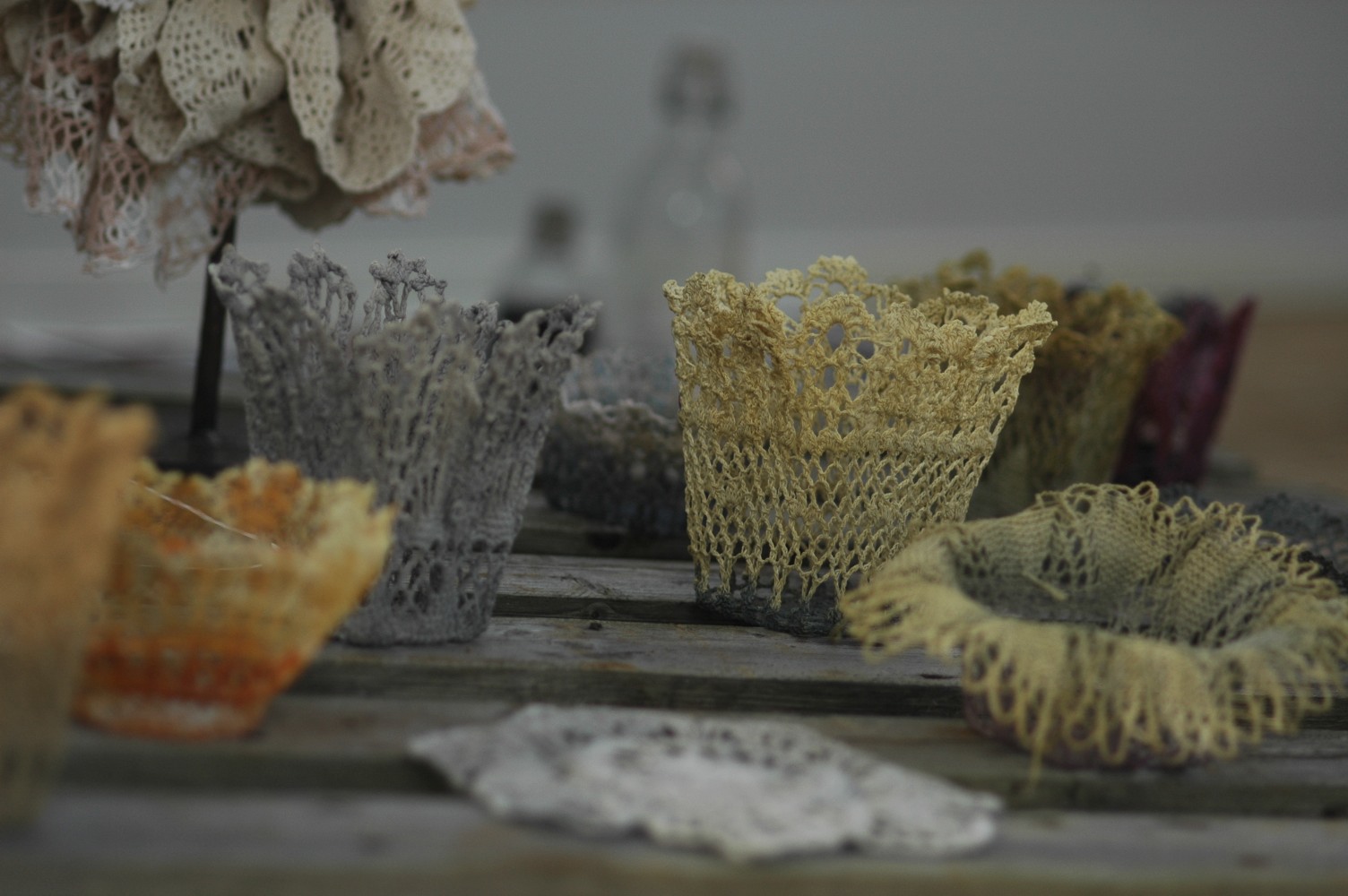
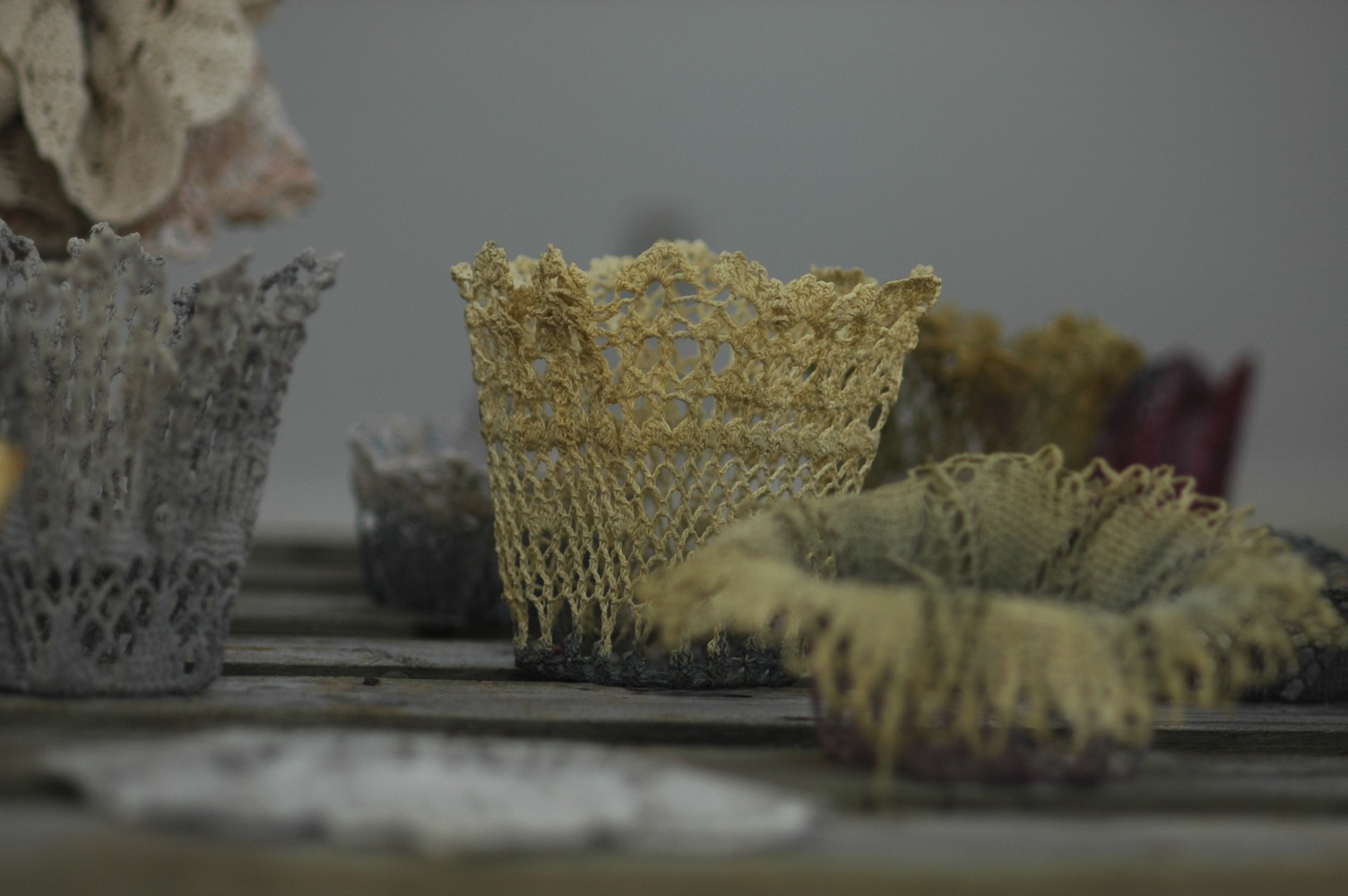
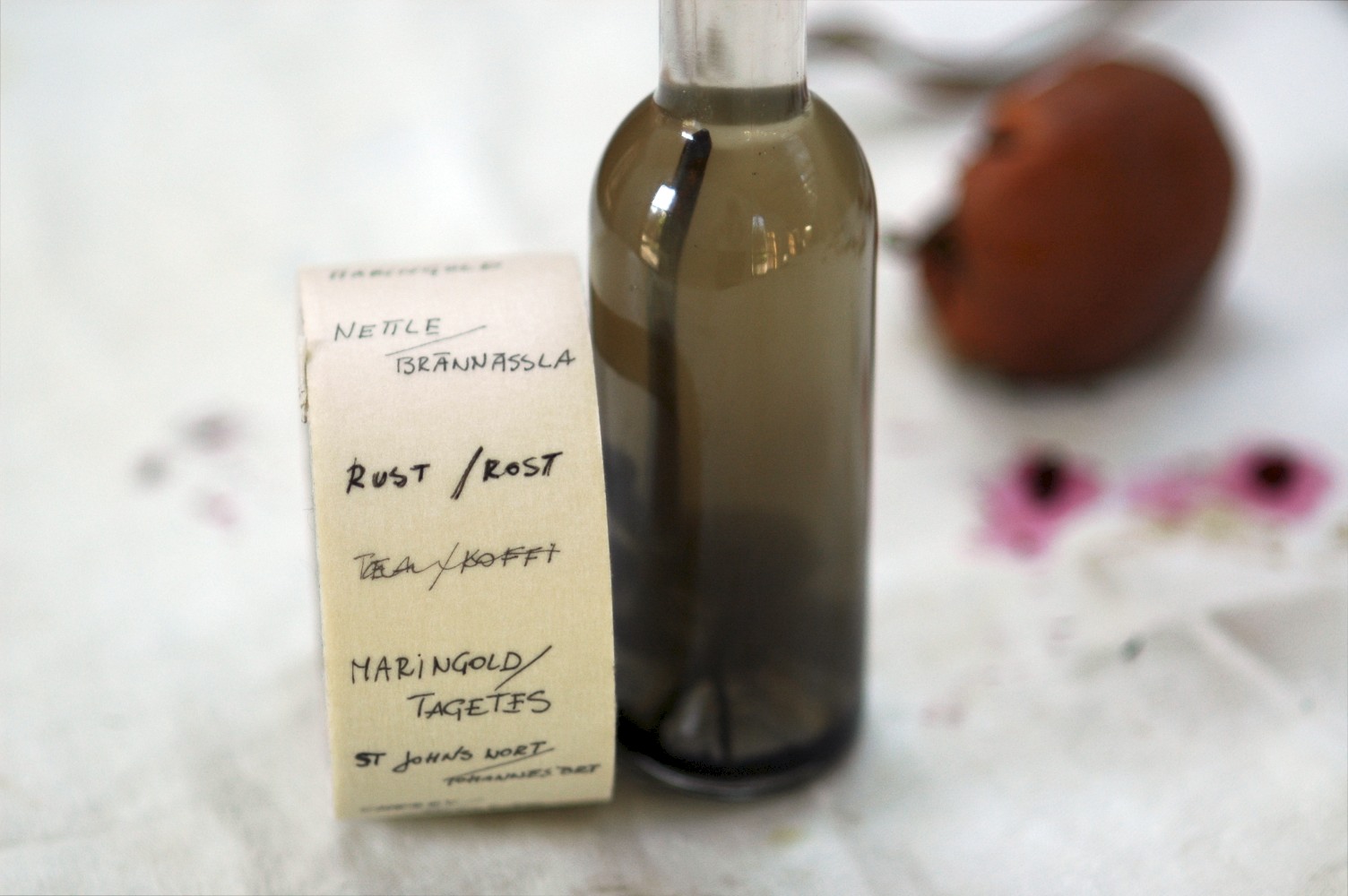
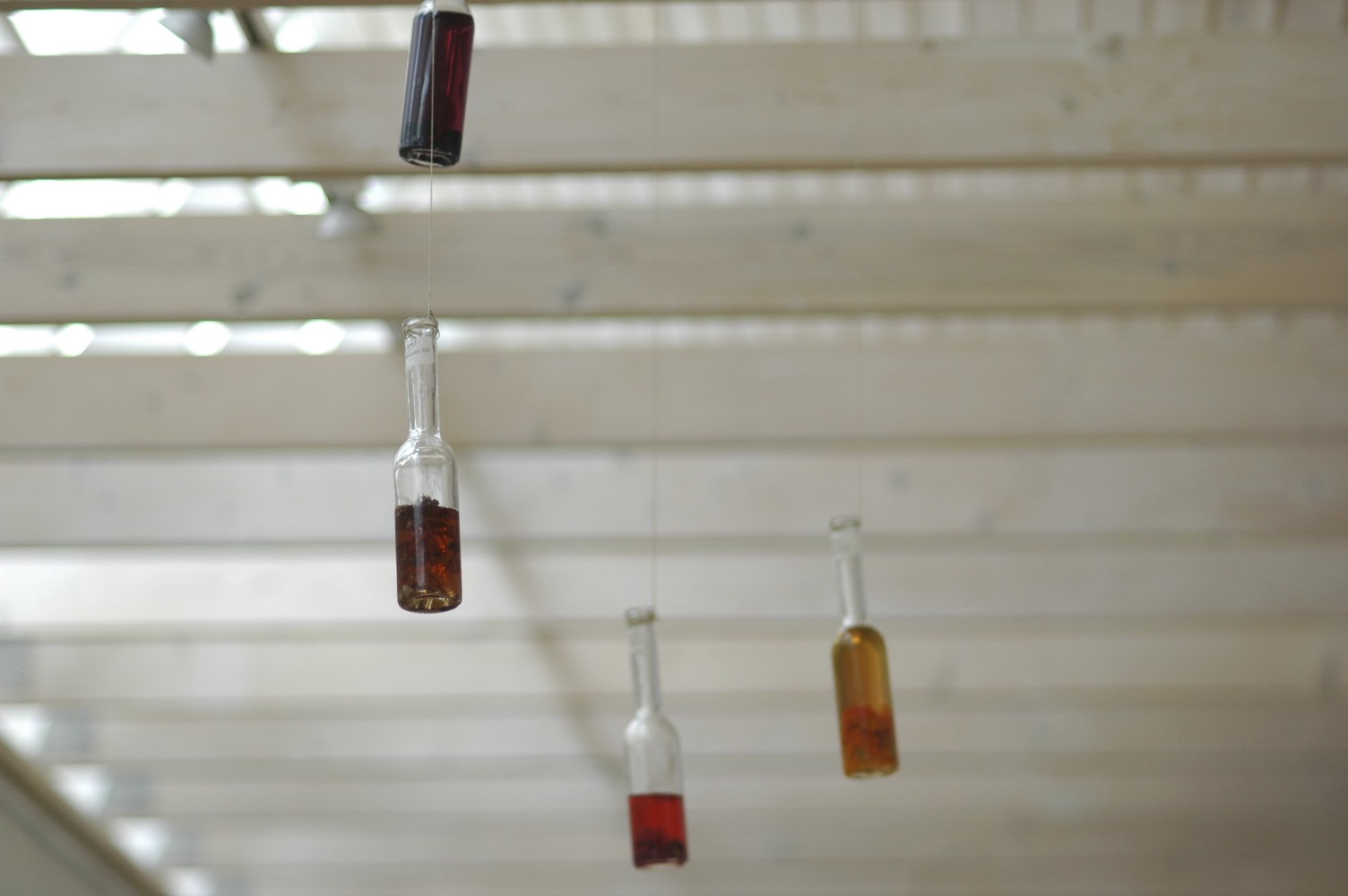
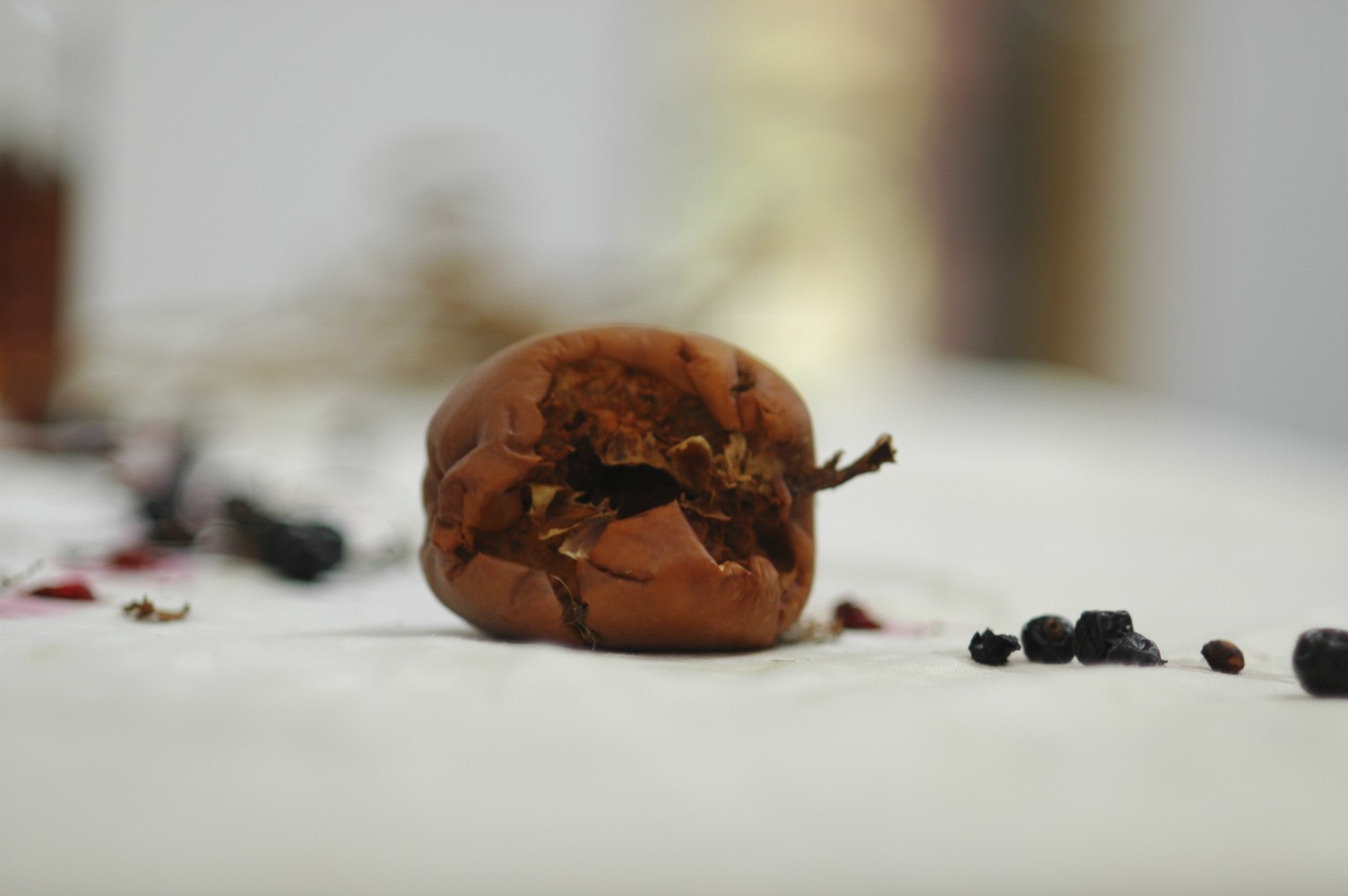
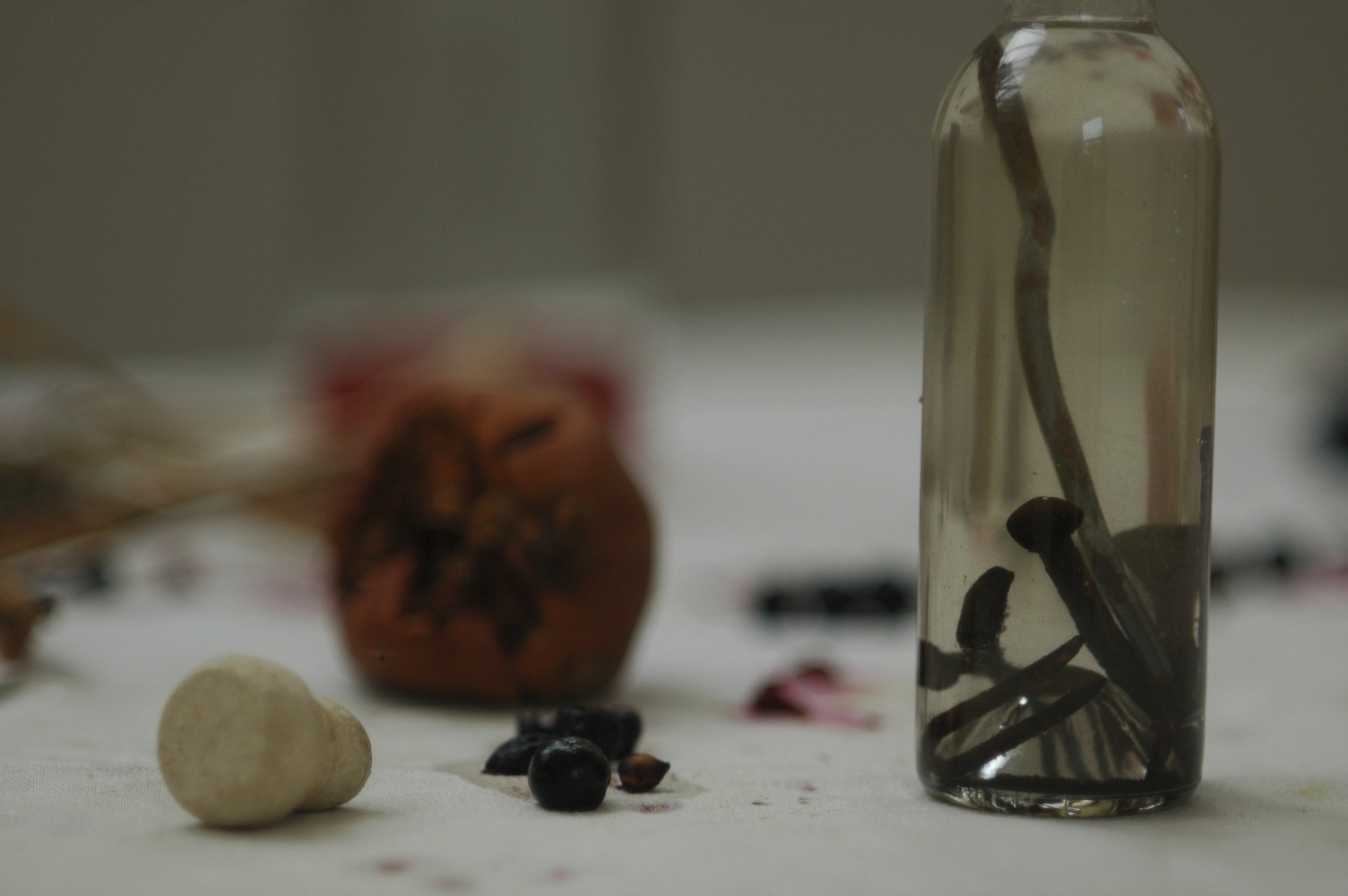
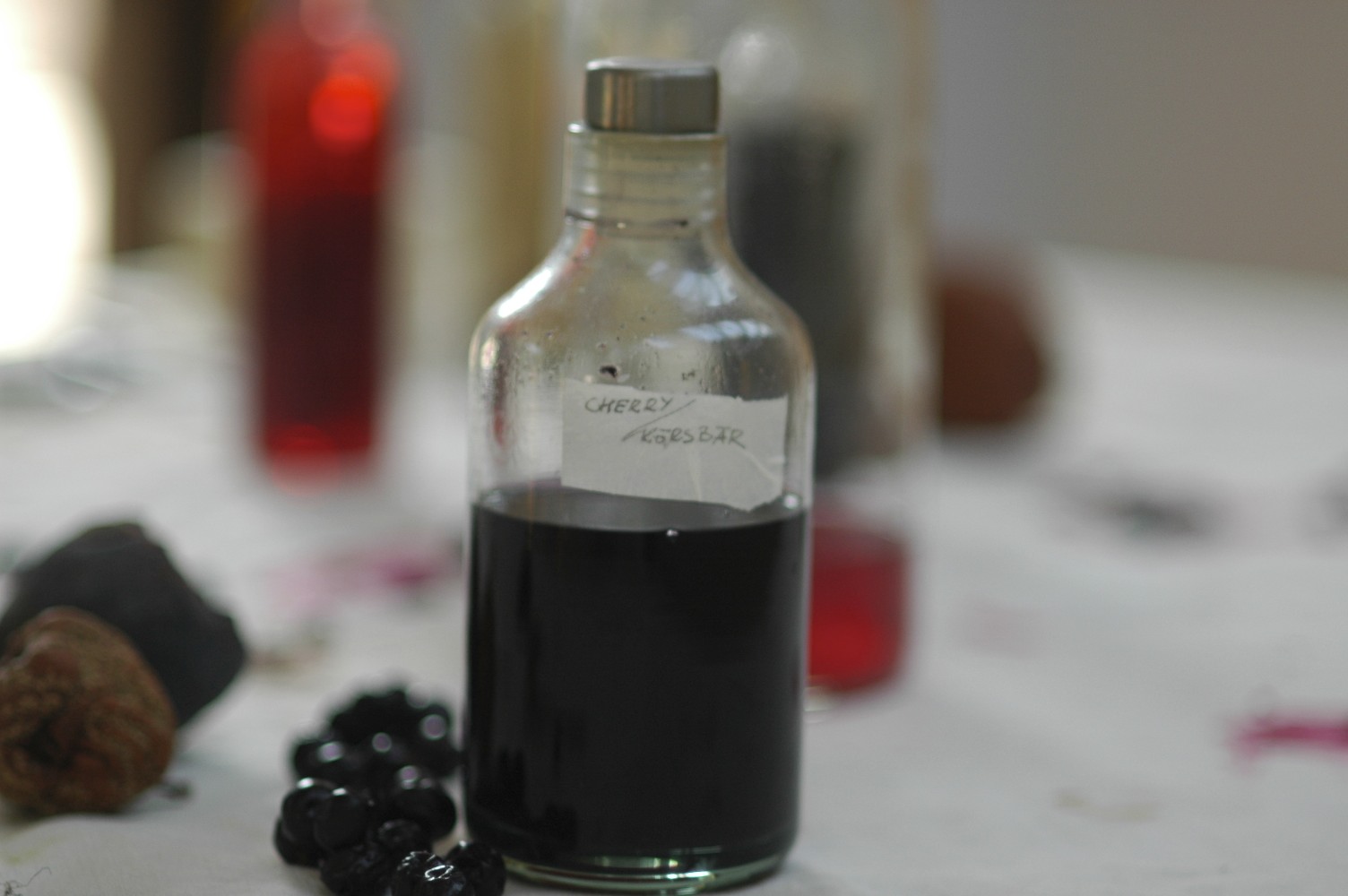
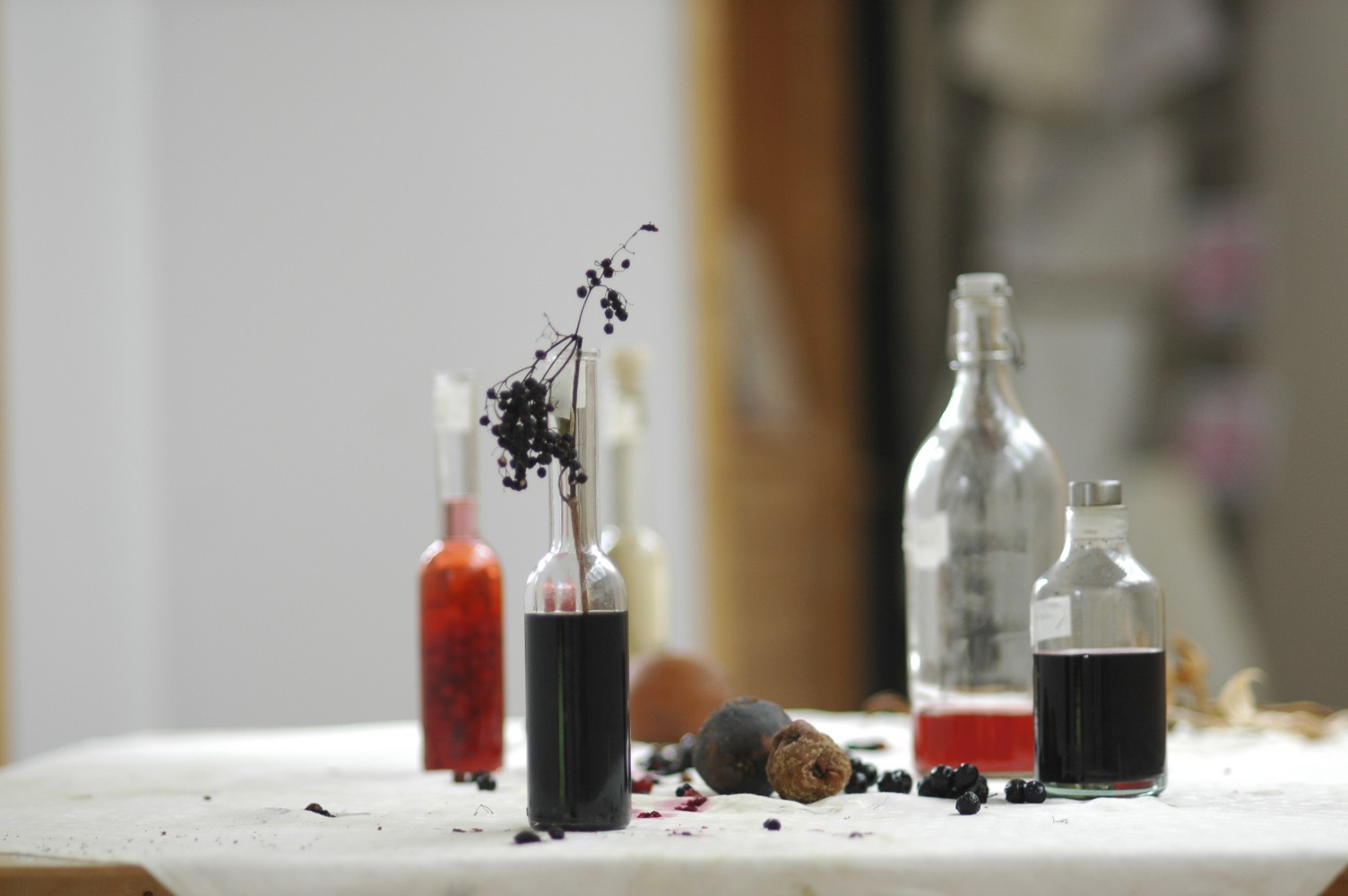
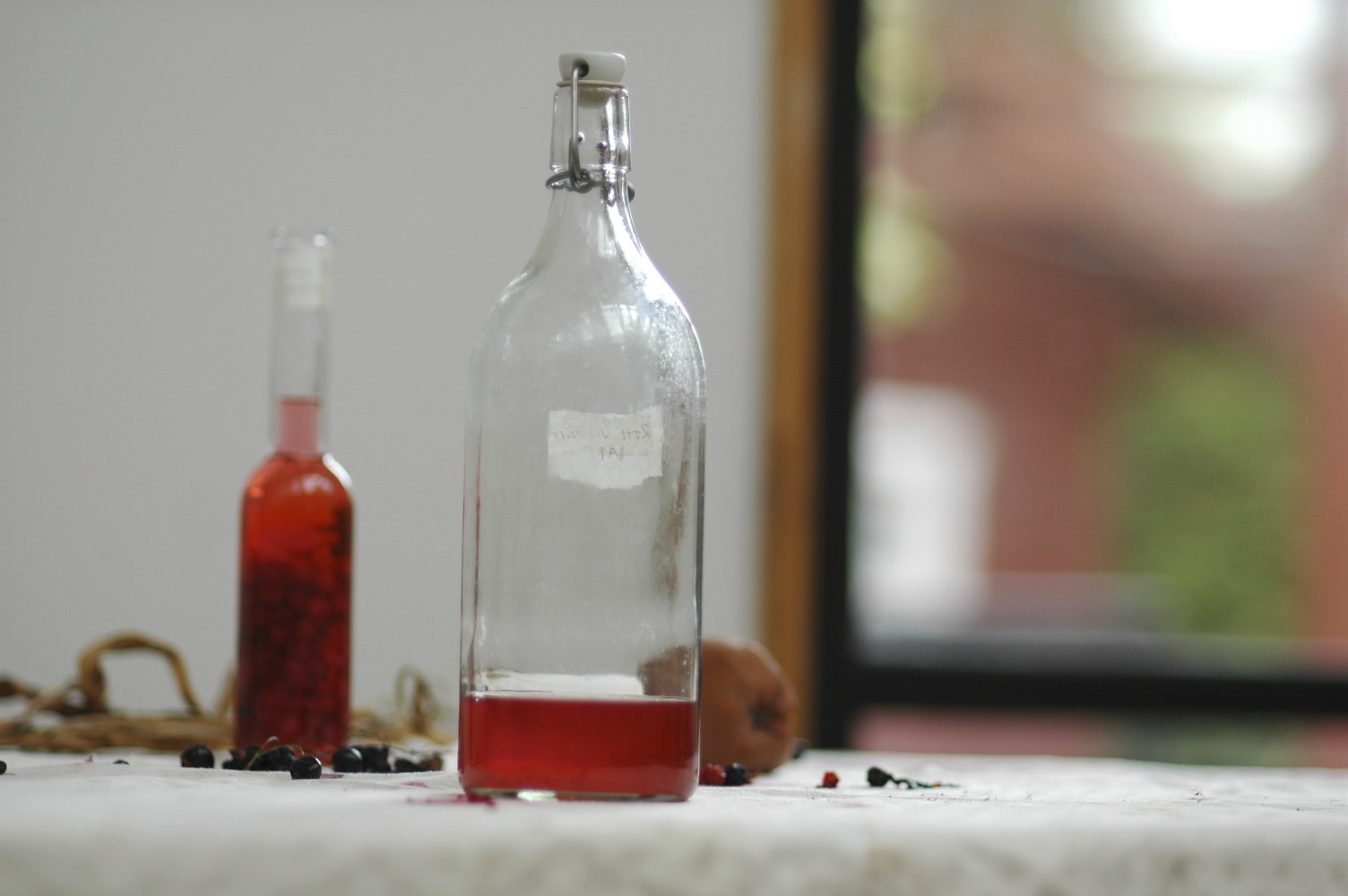
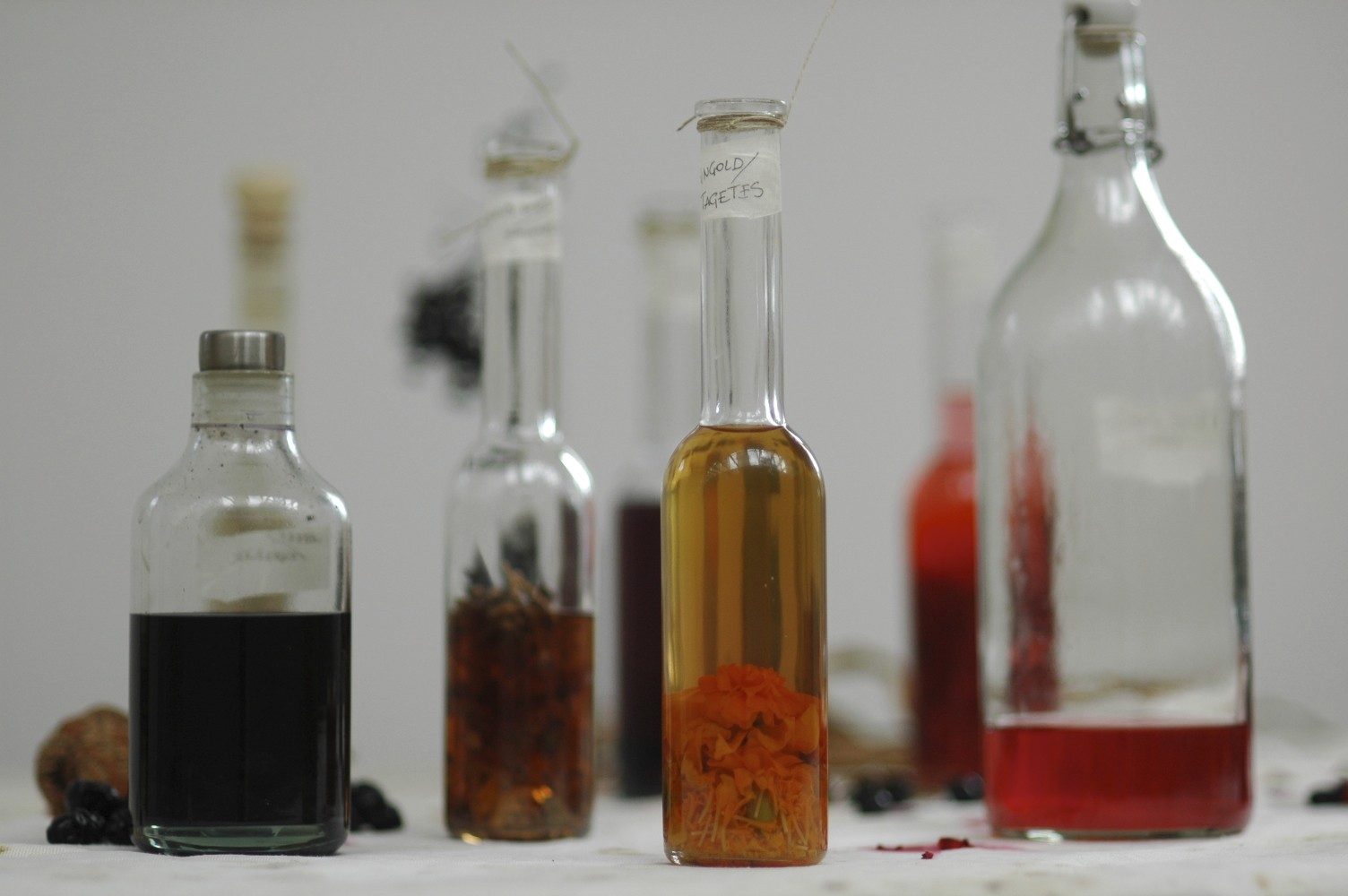
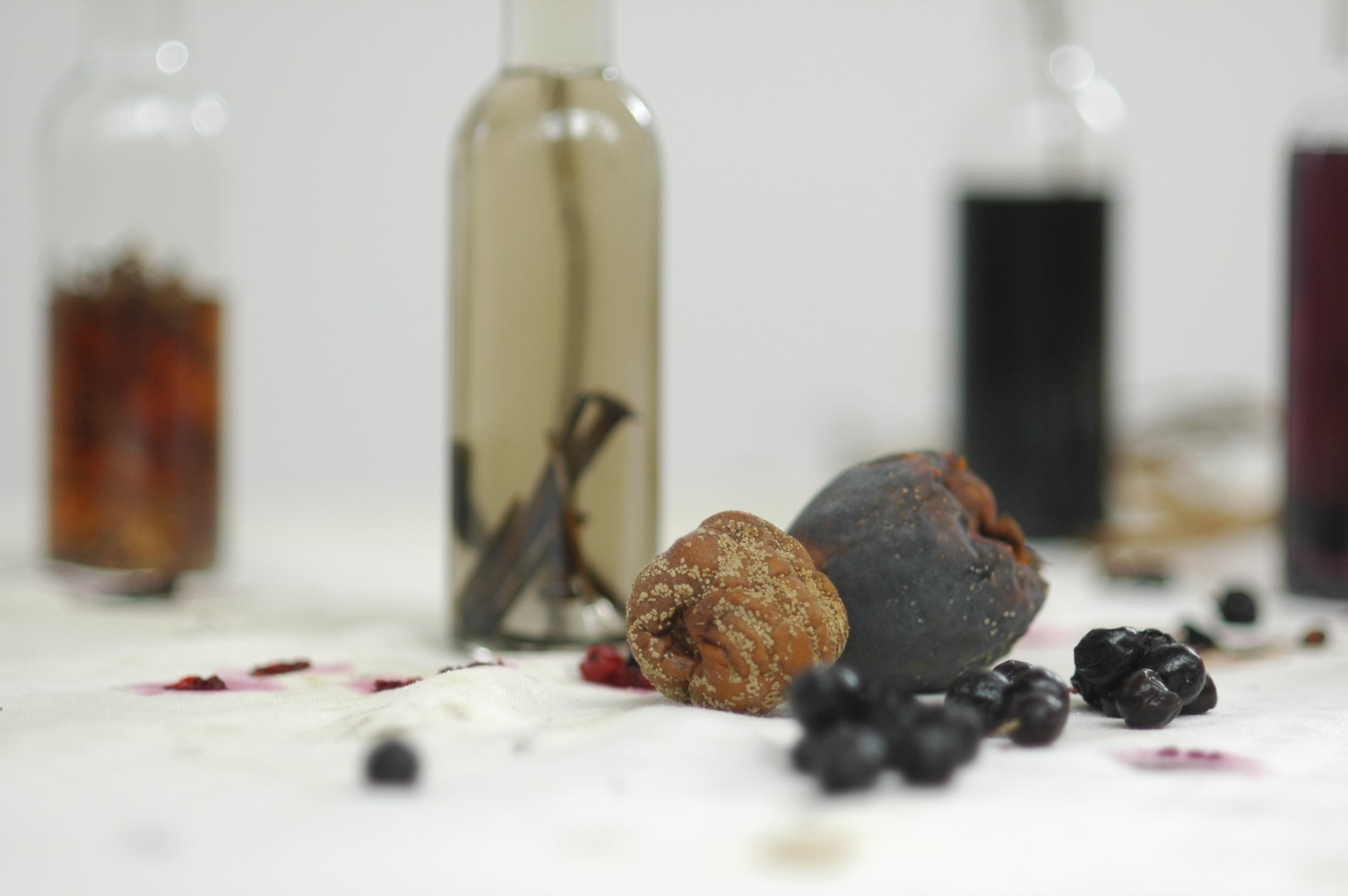
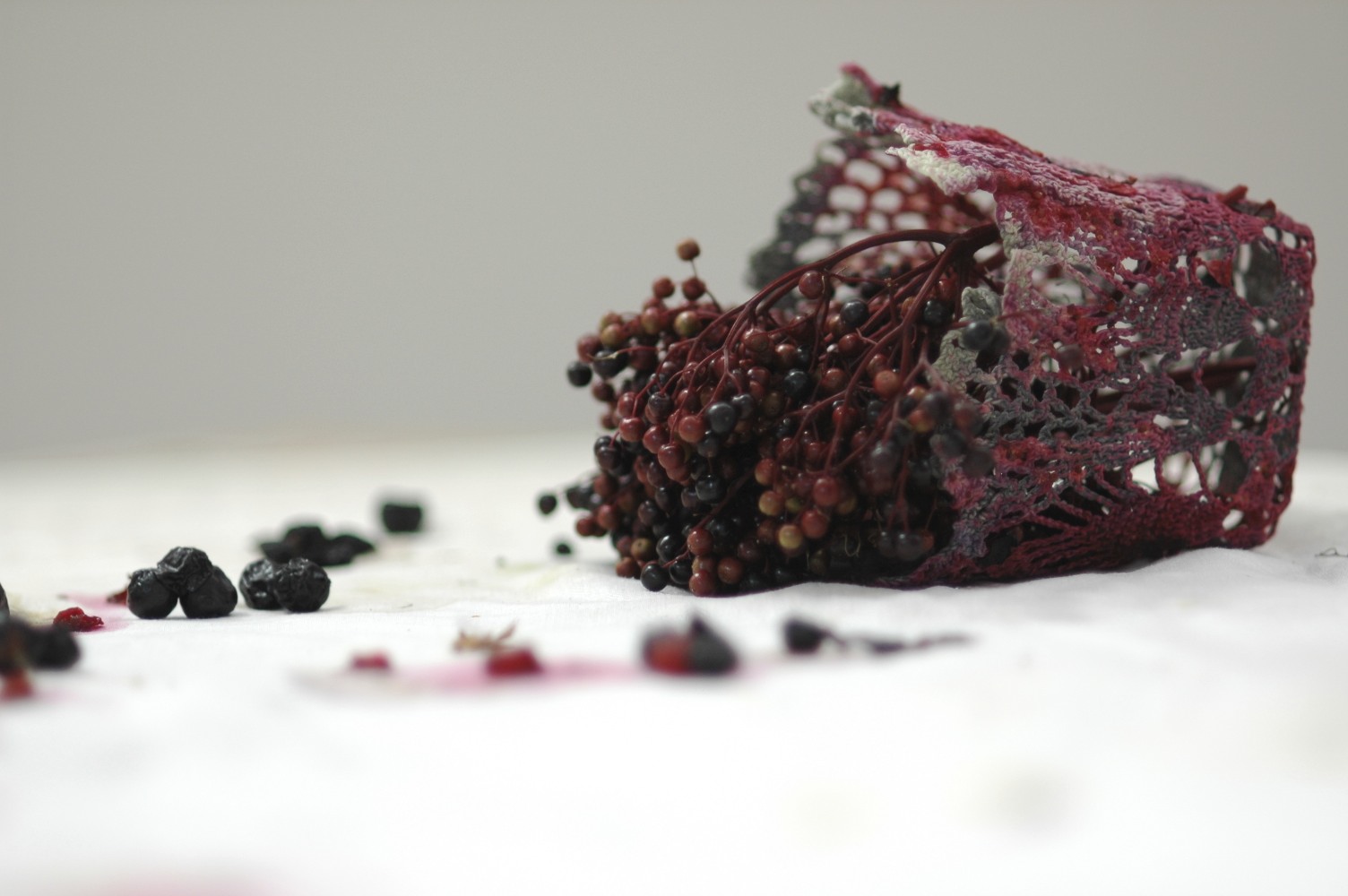
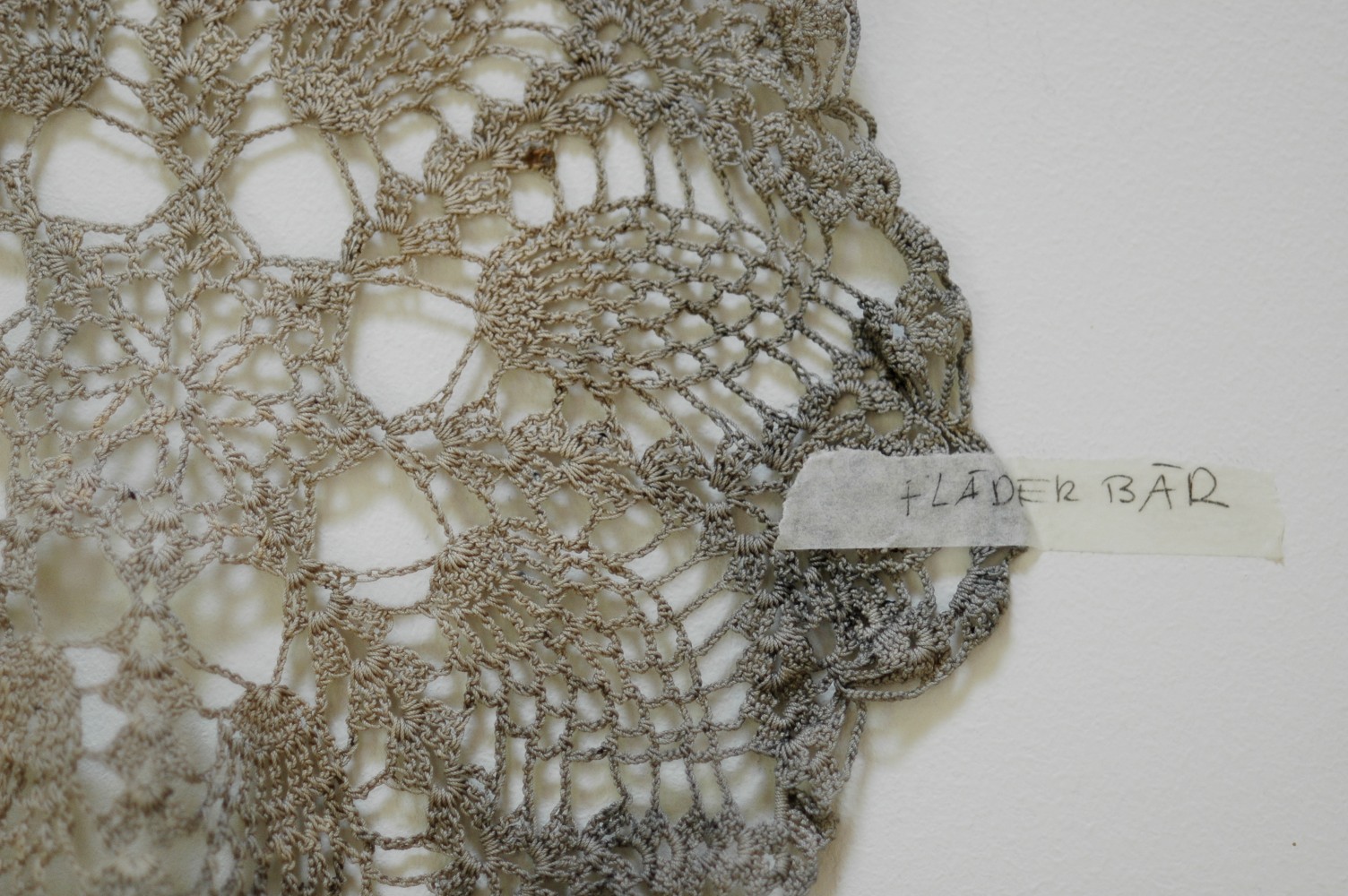
Process , i like process more then the final result. Process is in flux, the end product is like someone else's property.
@joanna.m.bodzek
natural dyes, only eatable ingredients.
©joanna.m.bodzek
Vintage sheets naturally dyed with flowers and berries from the garden, the shades are magical.. the top pillow cover is more than 100 years old, made of linen.. a treasure.
©joanna.m.bodzek Dyed with natural dyes, still smelling strangely beautiful.. good night
Lives printed linen, overprinted with rust give the interesting effects with the printed motive
Rust and eco printing, black color is a reaction of eco dye with rust.
lots of water..water, the house is smelling with a strange perfume of boiled flowers but i like the results.. from august experiment.

Flower dyes, screen printing on vintage damask. Leek with fried eggs on oil.
so love this picture, making of grey dye solution..

In a recent live chat, a panel of sustainable fashion experts joined us to explore how upcycling is infiltrating the industry
"[It] doesn't matter if it is clothes or furniture or food. If we know the story behind it, the time it takes to make it, to produce the materials, we will value it much more. Everybody that has ever created something ... knows what I am talking about. It is about transparency.
How do we make it easier for consumers to choose upcycled clothes, or will it always be a niche market?
Just as we appreciate designers who source their wool from UK mills, weave on hand looms in Scotland and produce in London, the materials used in upcycled fashion have an interesting story. This is where the desirability of upcycled fashion lies, explains Robinson. In contrast, Orsola de Castro, co-founder and co-curator of Estethica describes fast fashion and mass produced luxury as "empty vehicles."
However, a story alone isn't enough - few will buy a garment simply because it's upcycled. They key factor is design says Luise Barsch, co-founder of the Berlin based label aluc: "If the design is good, people will go for it."
particularly liking the amber-like colour and effect the natural dyes had on silk, dyed with dried St. John's wort that has left marks on the surface, my old- feeling -lovig isoul s content.